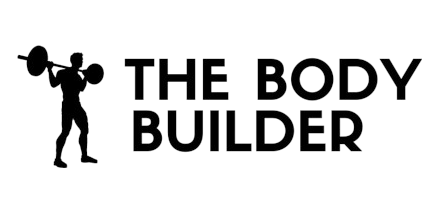Hug Knees To Chest
Hug Knees to Chest is an exercise designed to improve core strength and flexibility. It requires lying down on your back and pulling both knees up to your chest, while holding your arms underneath rather than over the knees. As you pull your knees towards your shoulders, this also stretches your buttocks muscles. This exercise is great for those who want to build core strength, increase flexibility, and reduce lower back pain.
Type:
Stretching
Muscles Used:
Lower Back
Level:
Intermediate
Equipment:
Body Only
Benefits Of This Exercise
- Builds core strength
- Increases flexibility
- Reduces lower back pain
- Stretches the buttocks muscles
- Improves posture
- Helps to prevent injuries
- Promotes healthy circulation
- Improves digestion
- Eases stress and tension
Step by Step Instructions For Hug Knees To Chest
- Begin by lying down on your back.
- Bring both knees up towards your chest.
- Place your arms underneath your knees, ensuring that they are not over your knees to avoid excessive pressure on your knee joints.
- Gradually pull your knees towards your shoulders, feeling a gentle stretch in your buttocks muscles.
Warm Up Tips
- Lie down on your back and pull both knees up to your chest.
- Hold your arms under the knees, not over (that would put too much pressure on your knee joints).
- Slowly pull the knees toward your shoulders. This also stretches your buttocks muscles.
Hug Knees To Chest Safety Tips
- Always start by lying down on a comfortable and supportive surface, such as a yoga mat or exercise mat.
- Make sure to properly warm up your body before attempting this exercise to prevent any muscle strains or injuries.
- When pulling your knees up to your chest, be sure to use your abdominal muscles rather than relying solely on your arms. This will help to engage your core and prevent any unnecessary strain on your arms or shoulders.
- Remember to keep your back flat against the ground throughout the exercise. Avoid arching your back or lifting your shoulders off the ground.
- Do not force your knees to touch your shoulders if it causes any discomfort or pain. Only go as far as your body allows.
- If you have any knee or joint issues, it is important to be cautious and consult with a healthcare professional before attempting this exercise.
- Engage your buttocks muscles as you slowly pull your knees towards your shoulders. This will help to enhance the stretch and strengthen your glutes.
- Take slow and controlled breaths throughout the exercise to help relax your body and enhance the stretch.
- If you experience any sharp pain or discomfort during the exercise, stop immediately and seek medical advice.
- Always listen to your body and modify the exercise as needed. If you are unable to perform the full range of motion, start with smaller movements and gradually increase over time
Incorporating Into Other Workouts
To incorporate the Hug Knees to Chest exercise into your workouts, you can follow these steps:
1. Warm-up: Start your workout with a few minutes of light cardio exercises like jogging or jumping jacks to get your blood flowing and prepare your muscles for the workout.
2. Set up: Lie down on a comfortable mat or carpeted floor with your back flat against the ground. Bend your knees and bring them up towards your chest.
3. Arm positioning: Hold your arms underneath your knees, not over them. This will help avoid putting too much pressure on your knee joints.
4. Engage your core: As you pull your knees towards your shoulders, engage your core muscles by contracting your abdominal muscles. This will help improve your core strength.
5. Hold and stretch: Hold the position for a few seconds, feeling the stretch in your buttocks muscles and lower back.
6. Release and repeat: Slowly release your legs back to the starting position. Repeat the exercise for a desired number of repetitions, usually 8-12 times.
7. Incorporate into your routine: You can include the Hug Knees to Chest exercise in your overall workout routine, either as a standalone exercise or as part of a circuit. It can be performed at the beginning or end of your workout, or even during a break between other exercises.
8. Progression: As you become more comfortable with the exercise, you can increase the difficulty by holding the position for longer or adding ankle weights

